10 Questions to Answer When Buying a Replacement Aircraft
Moving on from your current aircraft isn’t as simple as selling one and buying another. An aircraft swap requires balancing your present and future flying needs while navigating around logistical challenges. Here are 10 questions to help you make a seamless aircraft transition:
- Why do I need a new aircraft?
- Do I need to sell my current aircraft first?
- How will I travel before I close on my replacement?
- How much will this new plane cost to operate?
- How soon do I need my next aircraft to be in service?
- What is the plan for pilot training?
- Should I just invest in my current plane?
- Will my new plane fit in the hangar?
- What type of pre-purchase inspection will I allow on my aircraft?
- Who will manage my new aircraft?
1. Why do I need a new aircraft?
Before you start the aircraft transition process, it’s crucial to define why you need a different aircraft. The three most frequent reasons we hear from clients are:
Increased Capability
I want an aircraft with increased range, speed, or comfort
Real Transaction:
Cessna Citation CJ2 to
Beechcraft Hawker 850XP
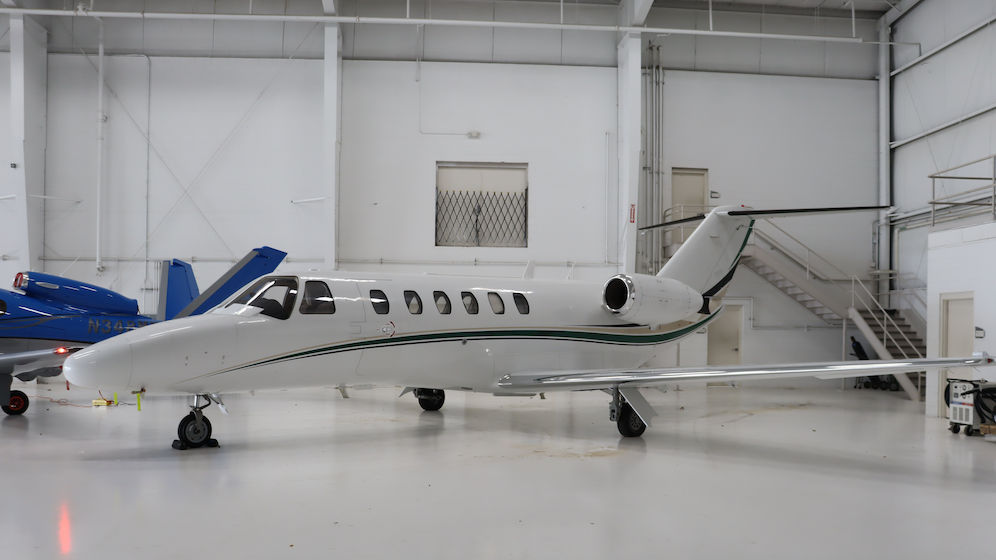
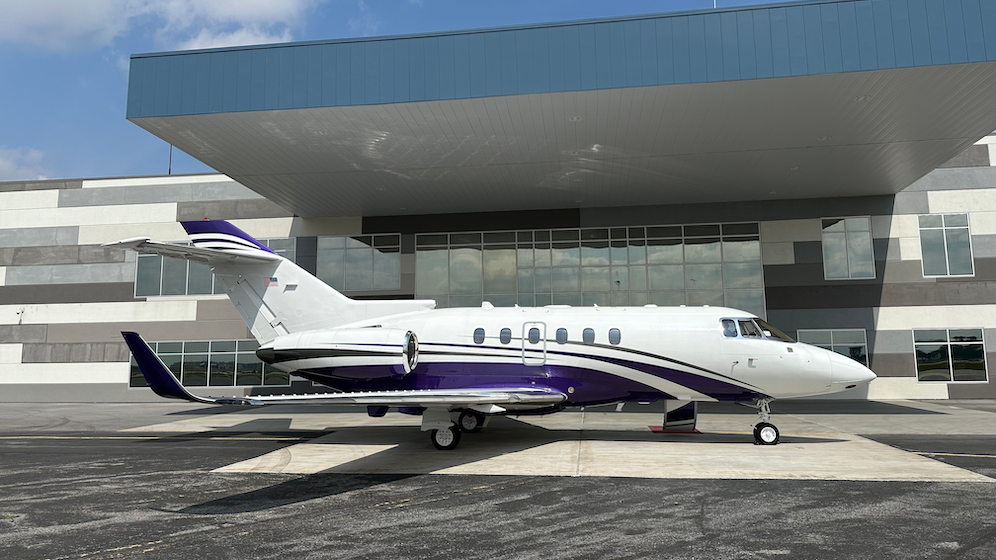
Cost Rationalization
I want to scale back to a smaller, more cost-effective aircraft
Real Transaction:
Cessna Citation XLS+ to
Beechcraft King Air 350i
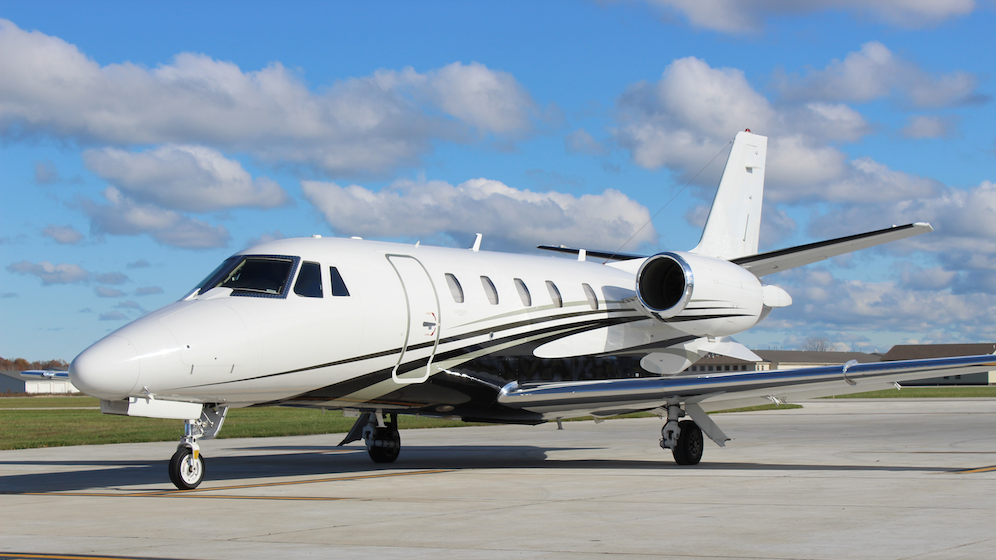

Unique Missions
I need a specific aircraft to complete a specific mission
Real Transaction:
Pilatus PC-12NG to
Beechcraft King Air 350ER
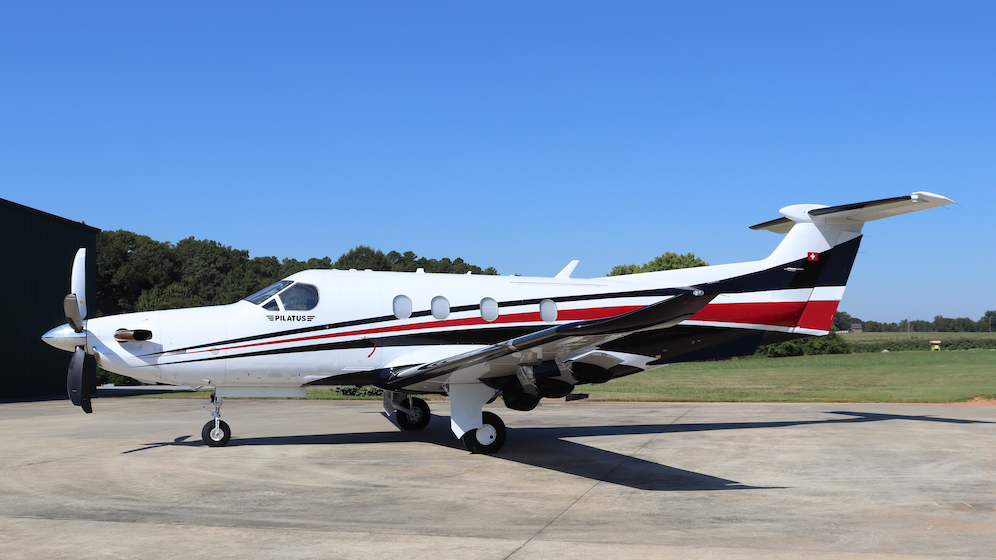
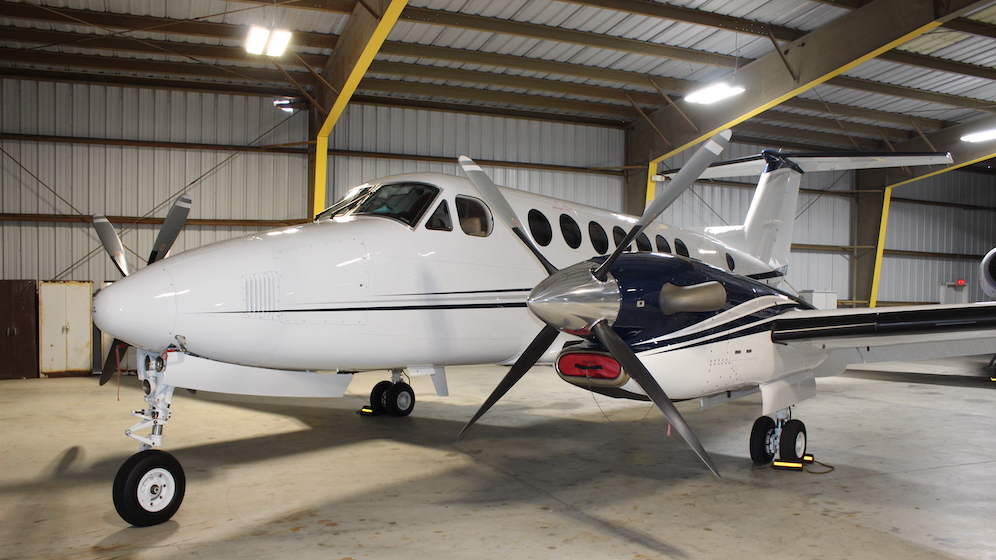
2. Do I need to sell my current aircraft first?
We strongly recommend that our clients decide on the sequence of their transactions before they start the replacement process.
A number of our clients opt to acquire their replacement aircraft before letting go of their existing one because they cannot afford to be without a plane. This strategy, while convenient, will require owning two aircraft during the transition phase – you’ll have two hangar slots, two insurance policies, two planes to maintain, etc.
Conversely, we have other clients who choose to sell their current aircraft before embarking on the purchase journey and face the realities of being without an aircraft – more on that to follow.
3. How will I travel before I close on my replacement?
If you’re willing to accept a temporary period without aircraft ownership, it’s crucial to establish a strategy for meeting your flying needs in the interim phase. The aircraft transition will be significantly smoother with an effective contingency plan.
The optimal temporary flying solution depends on your anticipated flight schedule:
- Will you need to accommodate numerous spontaneous trips, or are your trips well-planned in advance?
- Do you have a month-long road show planned or do you just need coverage on weekend trips?
- Do you have a mix of international and domestic travel?
Various options exist, such as dry leases, jet cards, or point-to-point charter services. Ideally you have a flight solution before your current aircraft sells so that you can maintain uninterrupted air travel access throughout your transition period.
4. How much will this new plane cost to operate?
It is not uncommon for aircraft owners to have sticker shock the first time they look at cost projections for their new aircraft, particularly in an upgrade scenario. If you have owned your current aircraft for several years that you’re probably accustomed to the cost rhythm of your aircraft. You know that the plane will cost $X per hour, your usual flight to the beach will cost $Y, and maintenance will cost $Z.
When you’re looking at an aircraft upgrade, you need to be prepared for a substantial cost increase across the board. Pilots expect increased compensation. Larger engines consume more fuel and advanced systems require pricier maintenance. The plane takes up more space, so ramp fees and hangar fees rise accordingly. You’re changing your aircraft for a reason, but know that it comes with a new set of cost dynamics. As a rough frame of reference, below are estimated annual operating costs for 300 hours per year in common aircraft models.
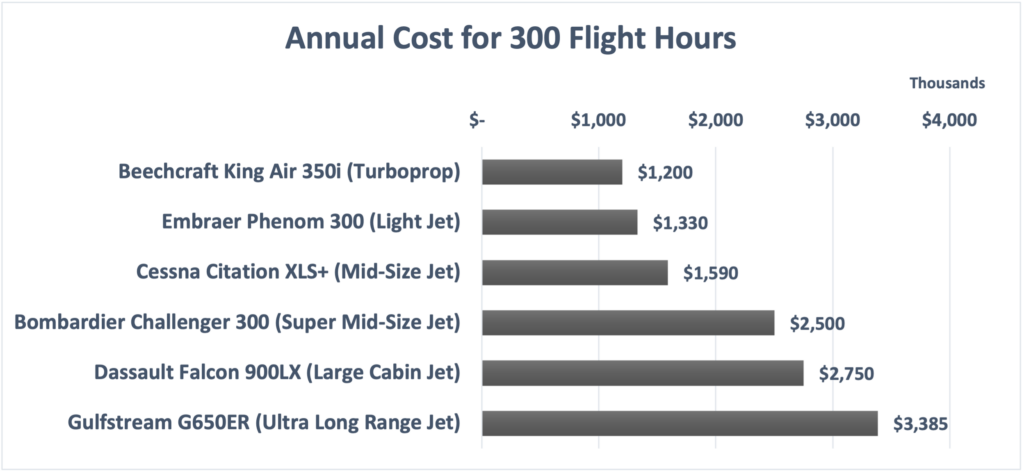
5. How soon do I need my next aircraft to be in service?
Related to the previous timeline items, you should determine how soon you need your new plane to be in service, as that will impact how you view (and value) replacement aircraft.
If you need a replacement in-service ASAP, then you will likely have a clear preference for a turn-key aircraft and be willing to pay a premium for the convenience. Alternatively, if your flying schedule allows for some customization, then it might make sense to consider a project aircraft that needs inspections or upgrades. A project aircraft will allow you to personalize the plane with your design choices and you’ll likely be able to get a better deal on the purchase price, but the plane could be down for months while you wait for the work to be completed.
6. What is the plan for pilot training?
There’s no sense buying a new plane if you can’t fly in it. Whether you personally fly your aircraft or rely on a professional crew, you should have a plan for training in your replacement aircraft.
In the post-COVID environment, securing pilot training slots has become significantly more competitive – particularly for initial type ratings. Simulator training centers are often booked 12-24 months in advance, though several of our clients have had success in finding “pop-up” training available as training centers have last minute cancellations. Depending on the crew’s experience and your insurance requirements, you might be able to complete training in your aircraft rather than going to simulator training though this is highly situation dependent.
In the short run, you may be able to rely on contract pilots if you schedule trips well in advance. However, if you frequently use your aircraft for spontaneous trips or meetings, a contractor may not be able to accommodate your needs.
7. Should I just invest in my current plane?
Although we love to buy and sell planes for clients, sometimes the best option is to invest in your current aircraft. If you’re drawn to a slick plane on Controller, think about whether updating your aircraft’s paint and interior might sway your opinion on upgrading. It will be significantly cheaper and easier to refresh your plane than to swap aircraft.
If you find that you truly need additional capability, then it’s worth looking into upgrades for your aircraft. There are a number of aftermarket modifications available that can improve the performance profile of your aircraft. For example:
- King Airs and Pilatus’ can look at engine swaps for more power and speed
- Legacy Globals, Challengers, and Gulfstreams can add FANS/CPDLC capability for more efficient Atlantic crossings
- Cessna 525s, King Airs, Falcons, and Hawkers have winglets available for increased range and lower fuel burn
- Everyday there seems to be another avionics retrofit available – more recently we’ve seen Garmin G5000 for the Cessna 560XL (Excel and XLS) and Pro Line Fusion for select Cessna 525s, King Airs, Challengers
8. Will my new plane fit in the hangar?
One of the more obvious, but occasionally forgotten tasks in an upgrade is making sure that your replacement plane can fit with your current aircraft infrastructure – hangar, primary airport runway, FBO, etc.
If you’re upgrading to a larger aircraft, everything about the plane gets bigger – the wingspan is wider, the tail is taller, and the plane will (likely) take up more runway on takeoff. Before you start making offers, a good first step is to check the aircraft’s specs and performance numbers to make sure the plane will work with your desired airports. It’s quite possible to outgrow your preferred locations, so you may need to find another hangar or even move to a larger airport.
While these factors might not be deal-breakers, they are still worth considering during the planning phase of your upgrade. Getting these logistical details sorted out in advance can make your aircraft upgrade process stress-free.
9. What type of pre-purchase inspection will I allow on my aircraft?
A pre-purchase inspection is essential in any aircraft transaction, but it’s even more important in an upgrade. There are situations where it makes strategic sense to accept a deal with lower purchase price and simpler pre-buy terms to ensure that the transaction will close and you can move to a replacement aircraft.
The sales proceeds from your current aircraft are likely earmarked to fund a future purchase, so the worst-case scenario is finding substantial issues that leave you without a plane to fly and without the funds to purchase the replacement. Significant inspection findings such as corrosion, engine damage, or unavailable parts can halt the entire project before you get out of the starting blocks.
10. Who will manage my new aircraft?
Aircraft management can be a sensitive conversation given your likely long-standing relationships with the aircraft manager and crew, but it is a lot easier to discuss management for your new aircraft before the plane is sitting on your ramp. An aircraft change is the ideal time to reevaluate your management solution and consider if any changes should be made.
AeroSolutions Group: Ready to work with you
+30 Years of
Experience
We have over three decades of multi-generational expertise in buying and selling aircraft that we’re excited to share with you.
+1,000 Succesful
Transactions
Our long list of completed transactions and hundreds of repeat clients speak to our ability to get deals done. Buying or selling, there is not much we haven’t seen before.
Global
Experience
We have significant experience completing cross-border transactions on both the buy and sell-side. We will help you tap into the worldwide pool of buyer and sellers.
Ready to upgrade?
Request a valuation of your current aircraft and a consultation regarding your aircraft needs
We will never sell or share your data. Your data will be handled according to our privacy policy.
